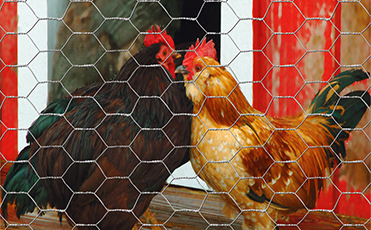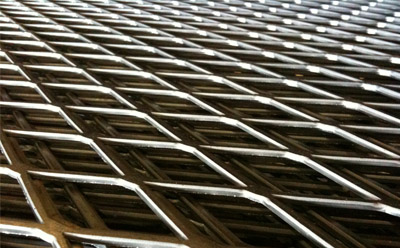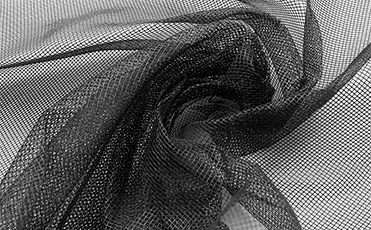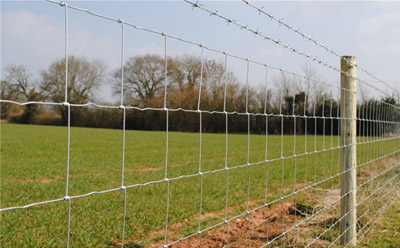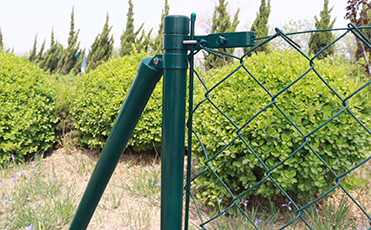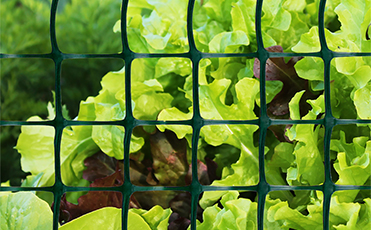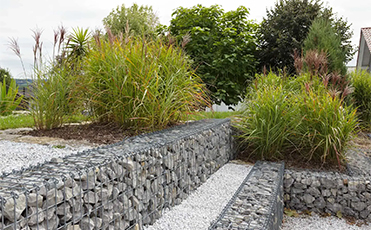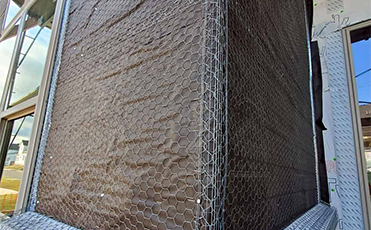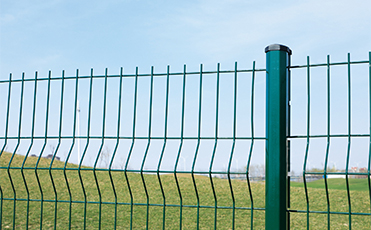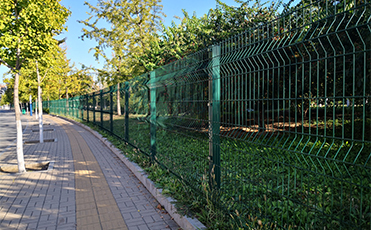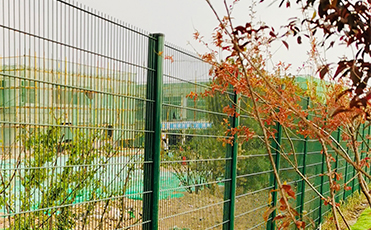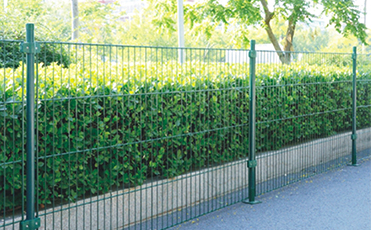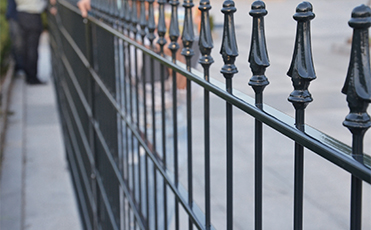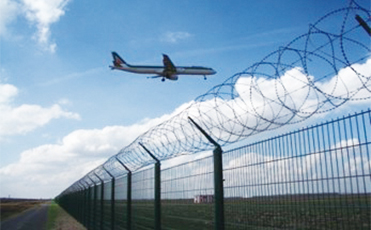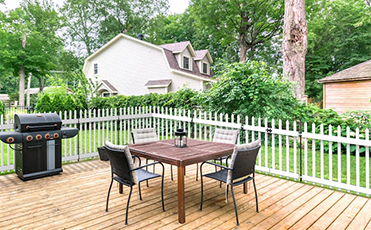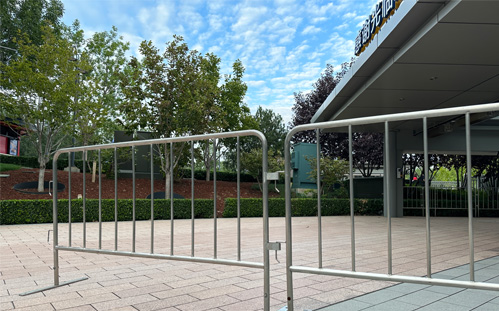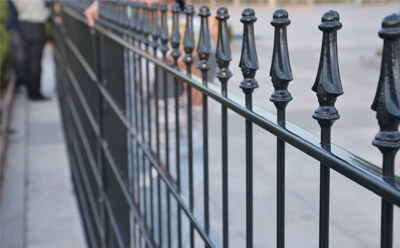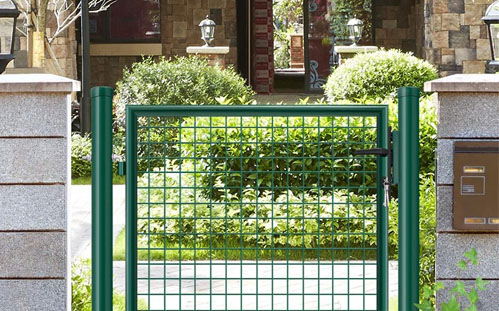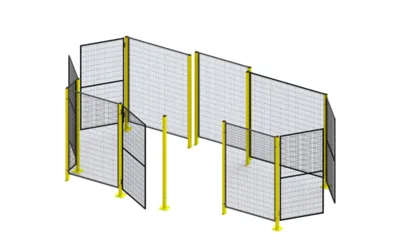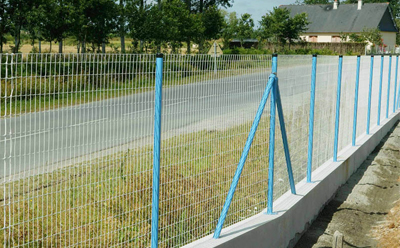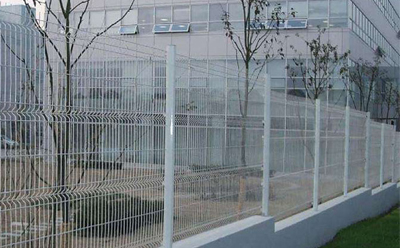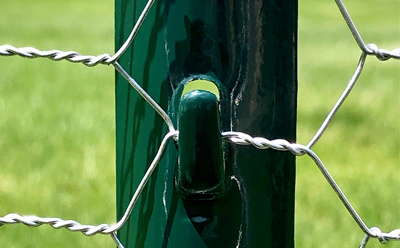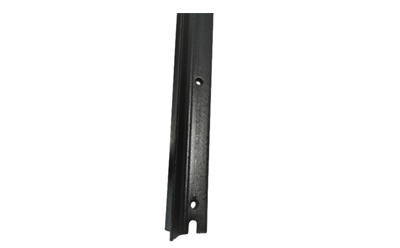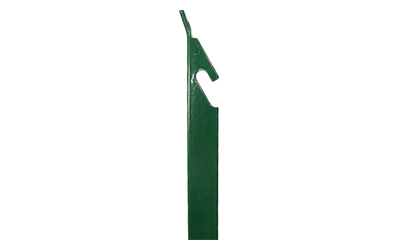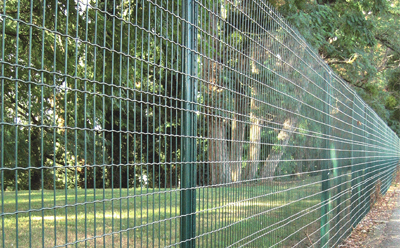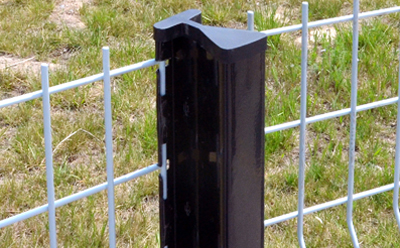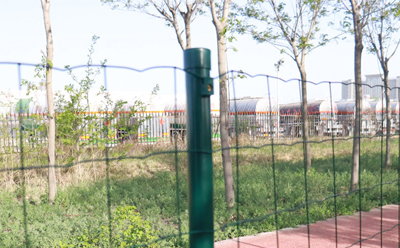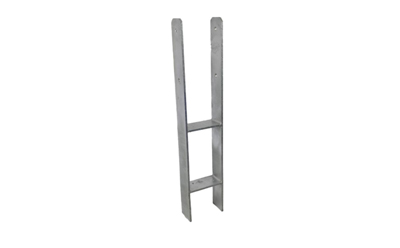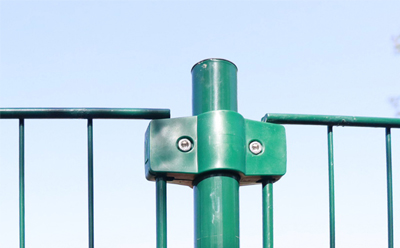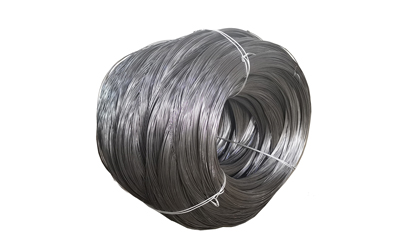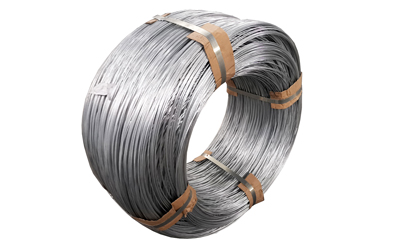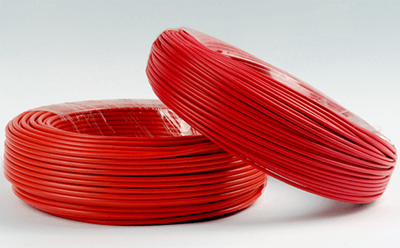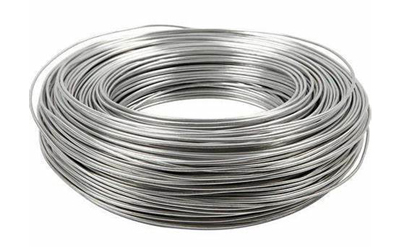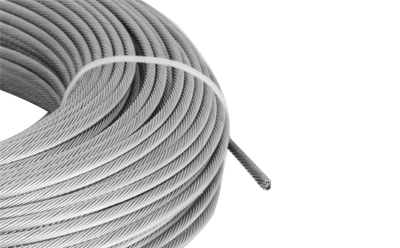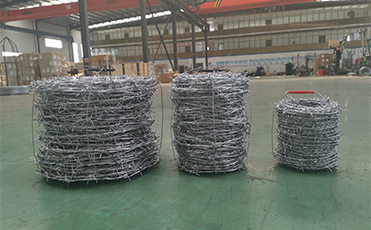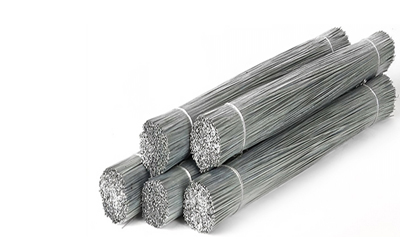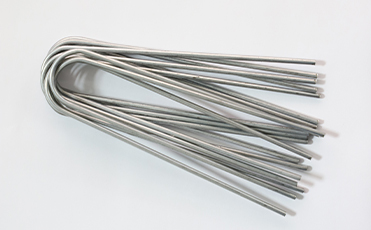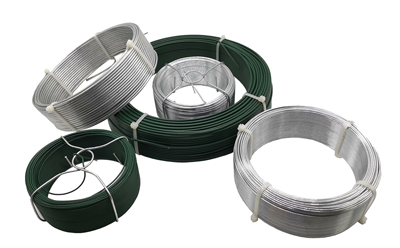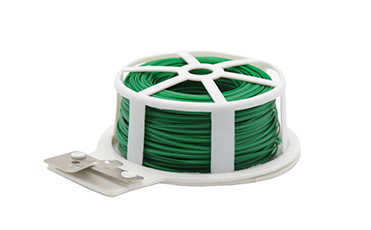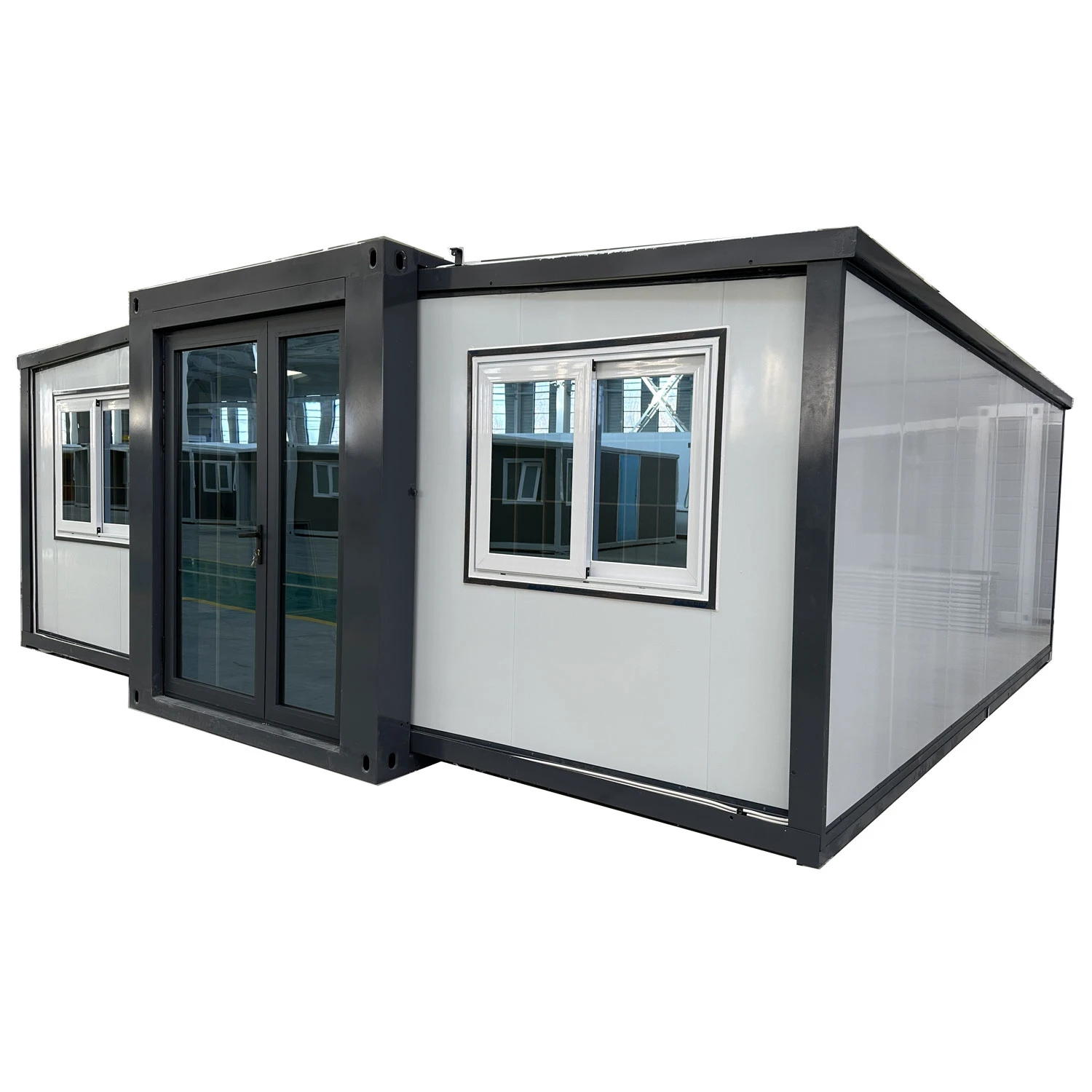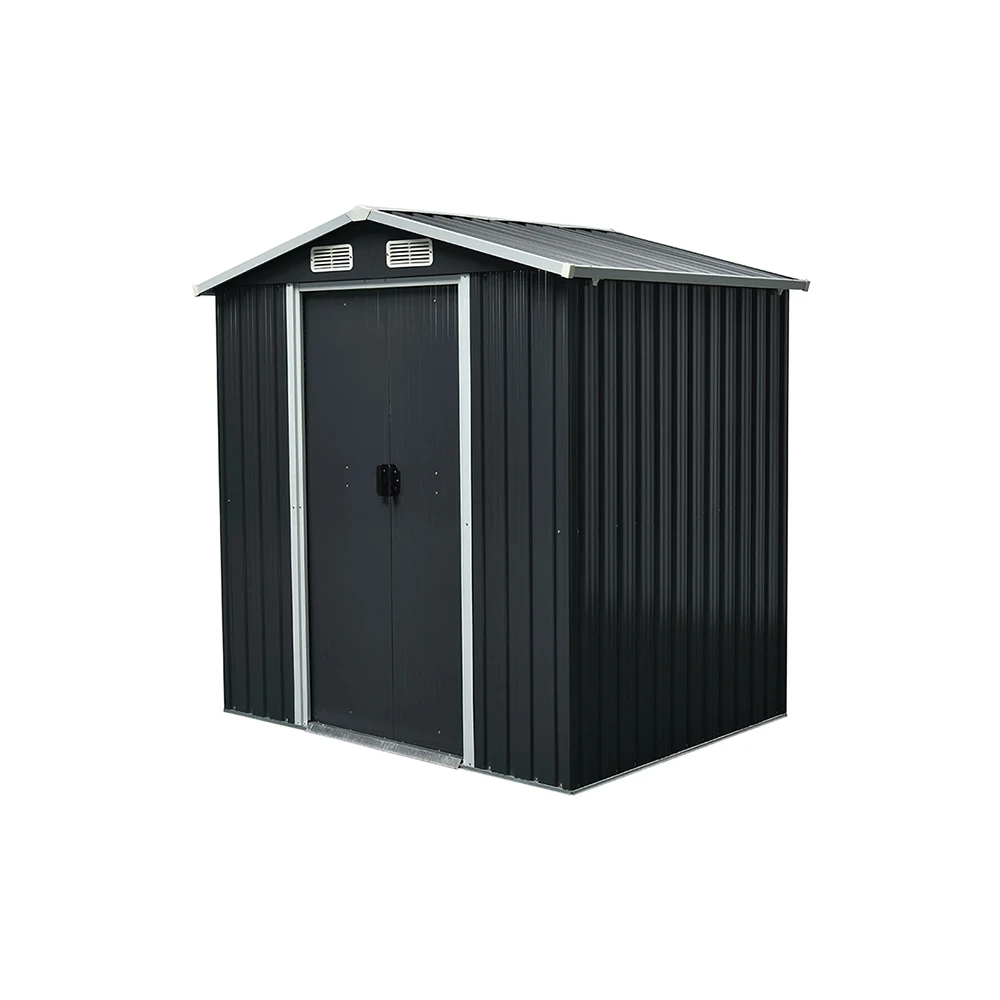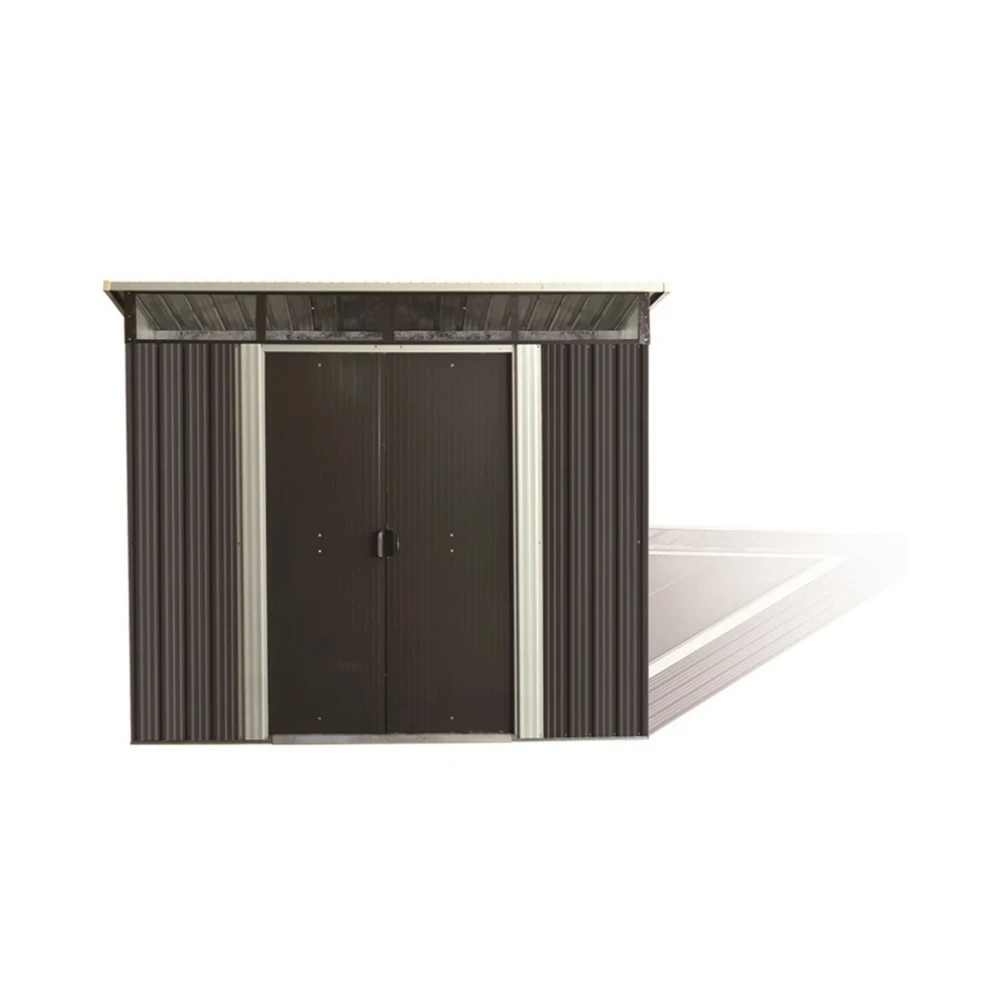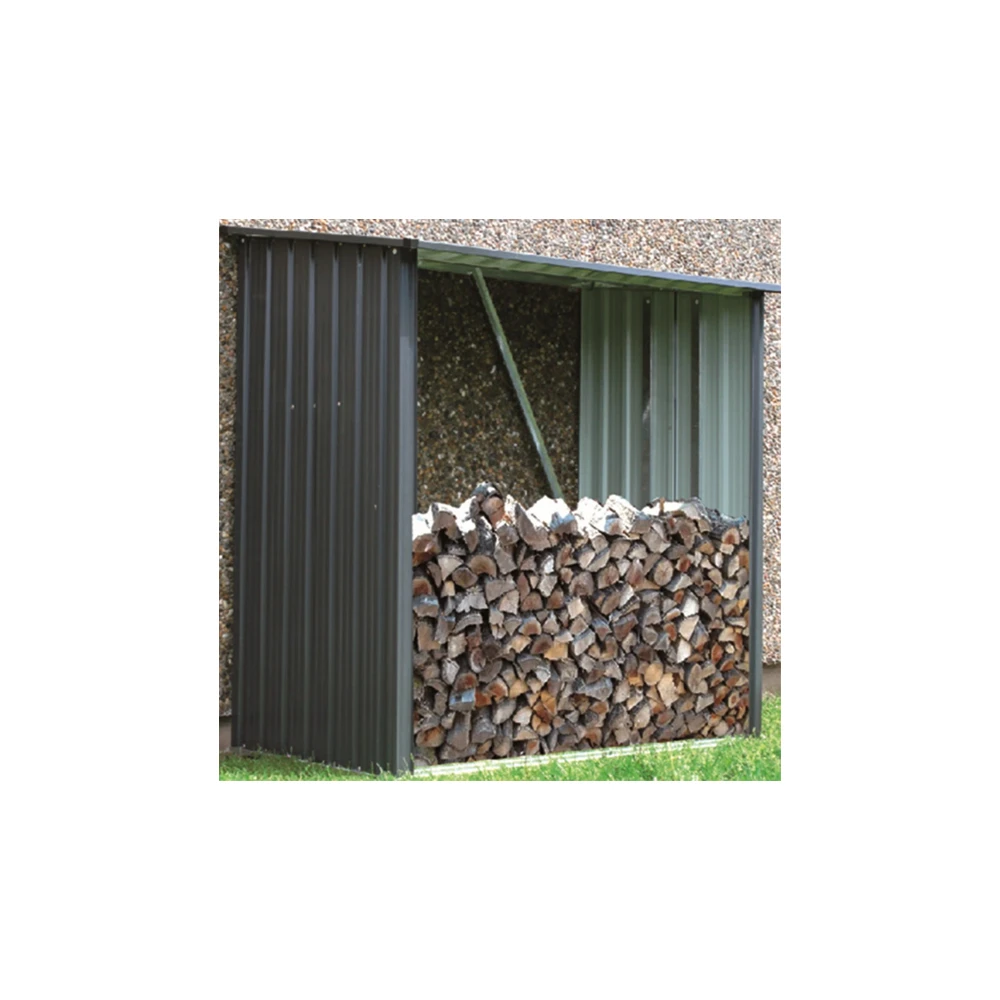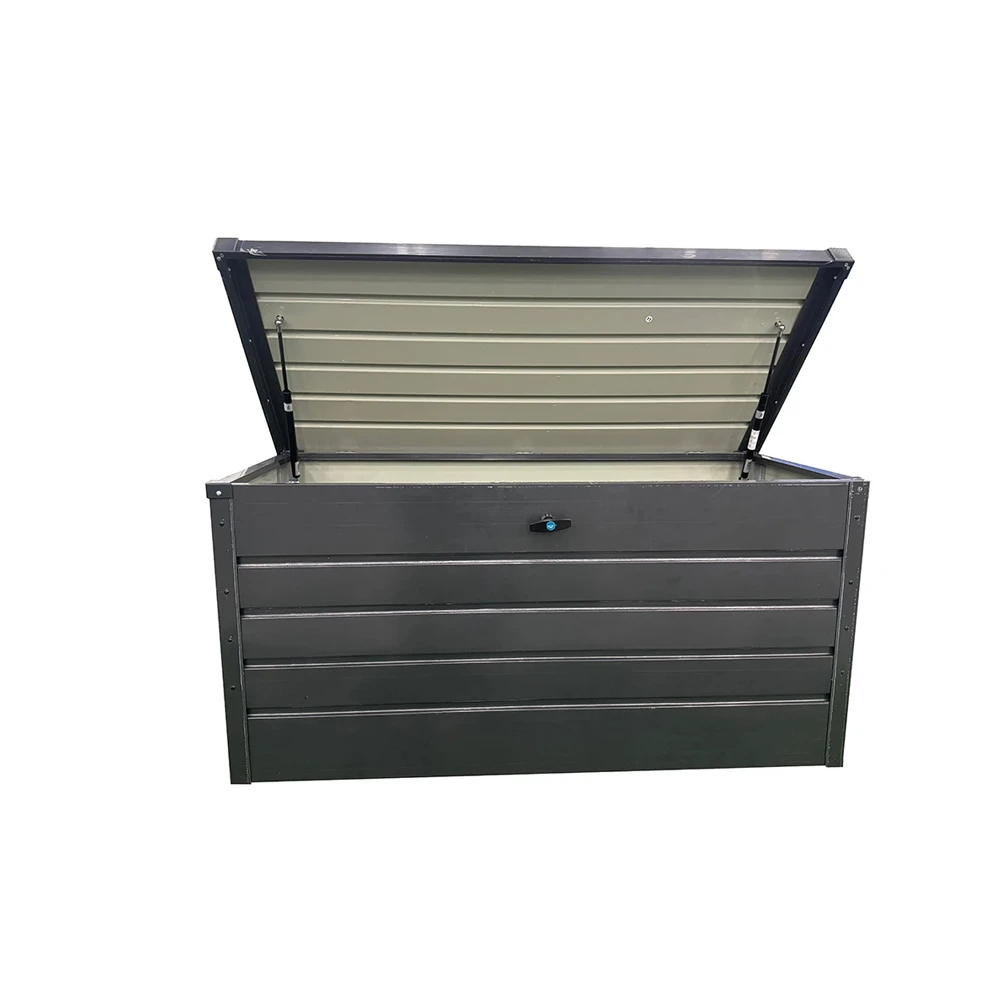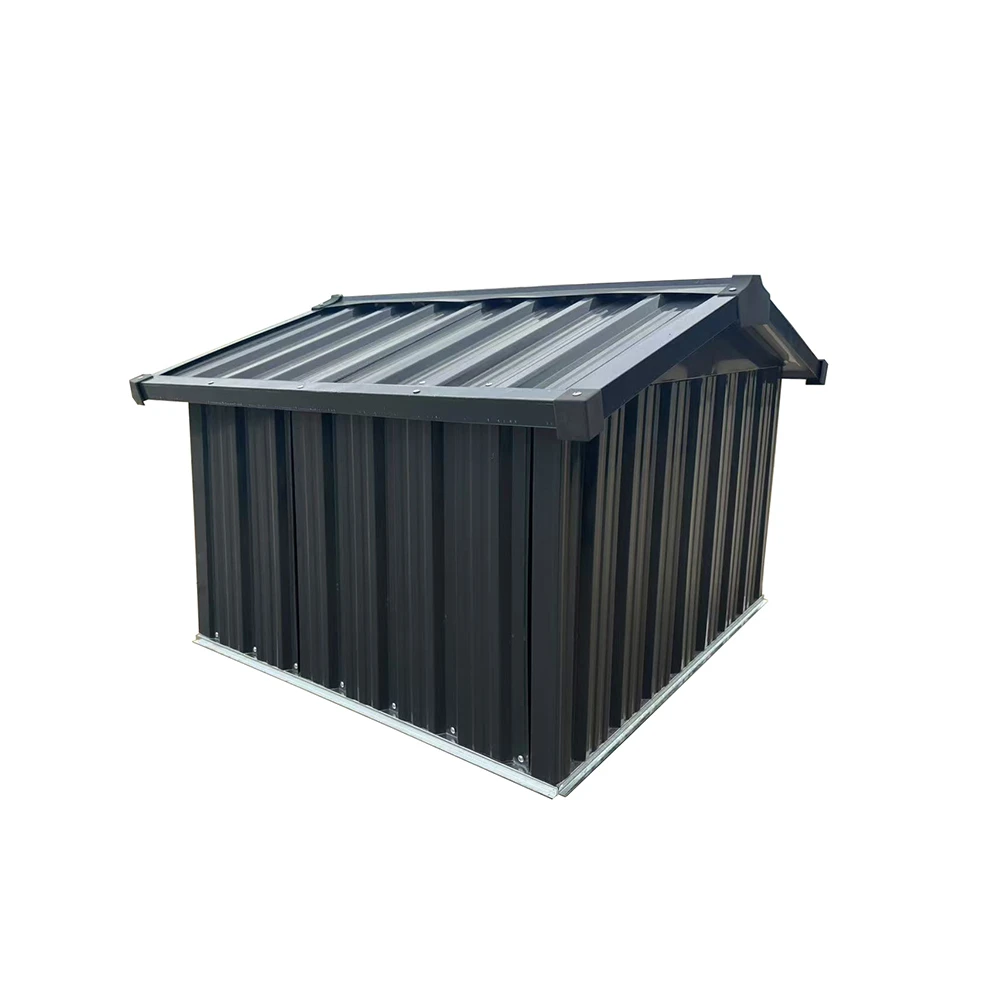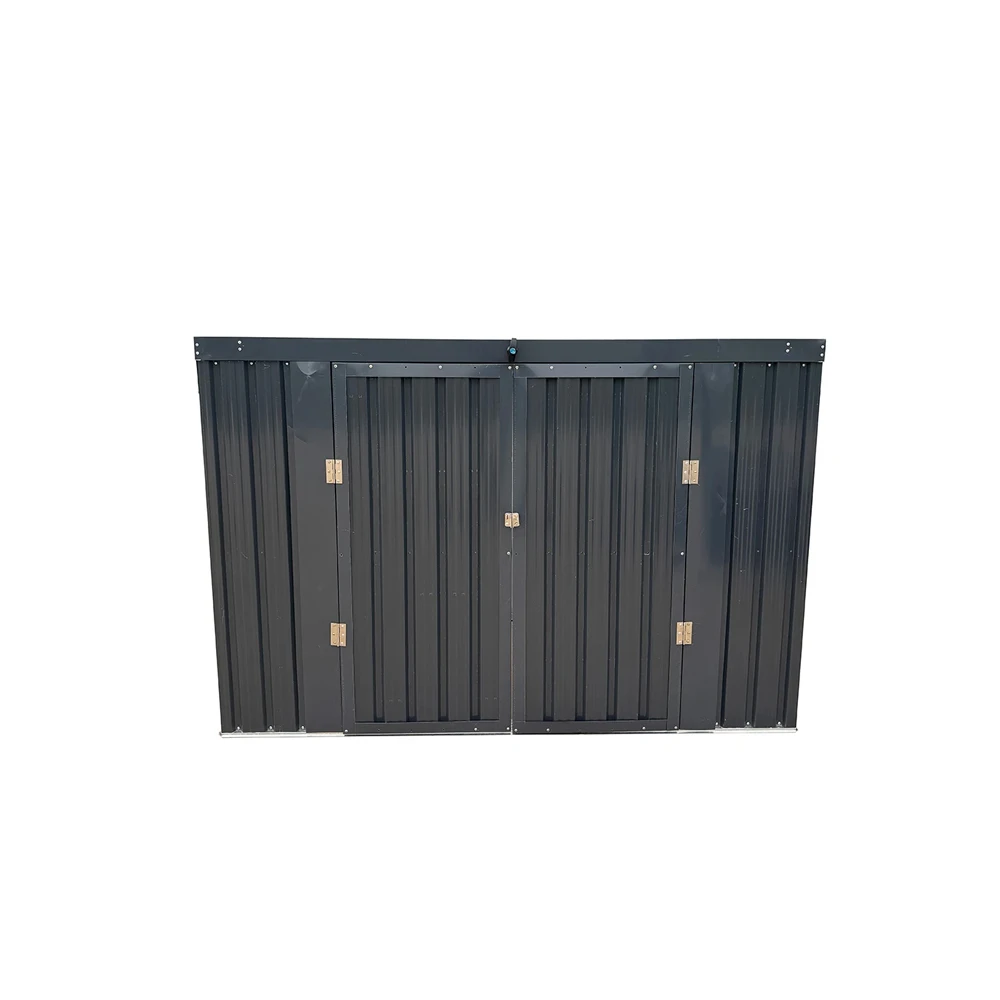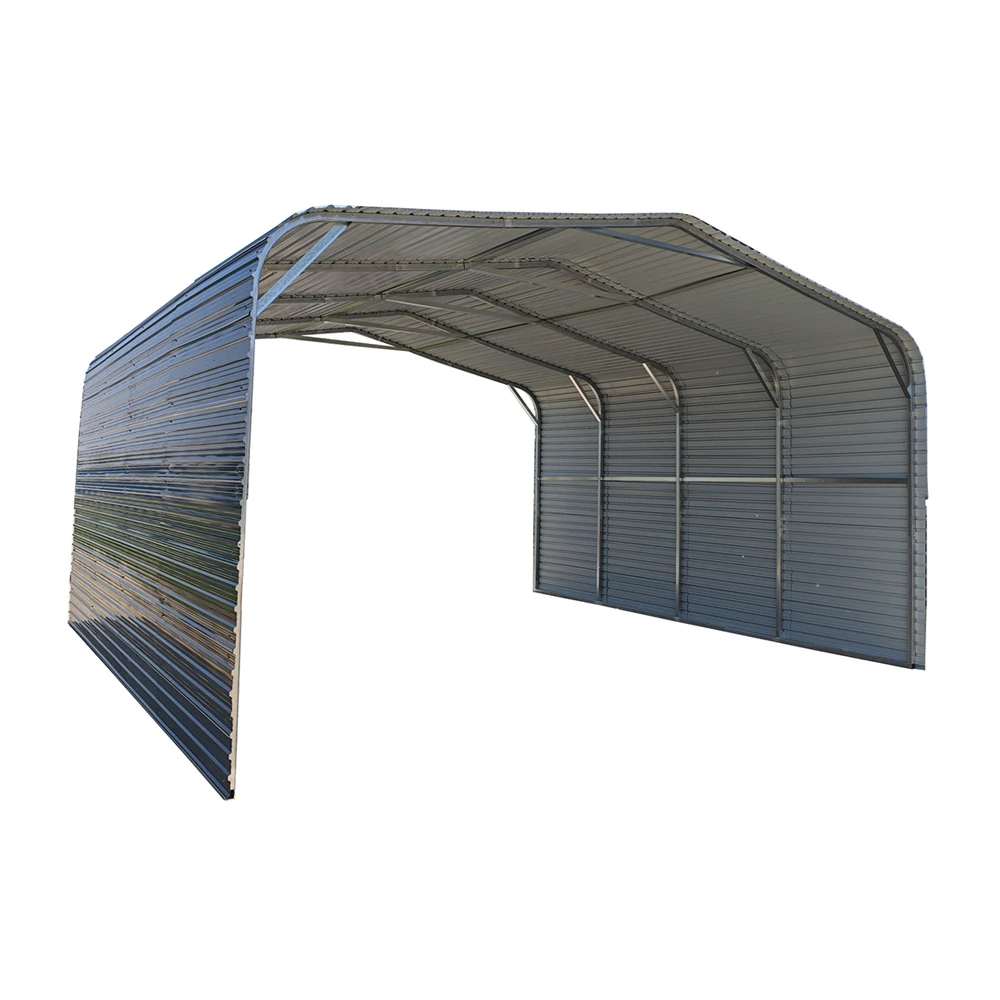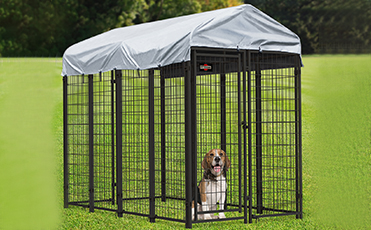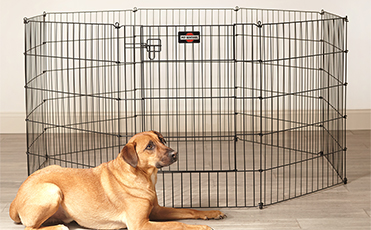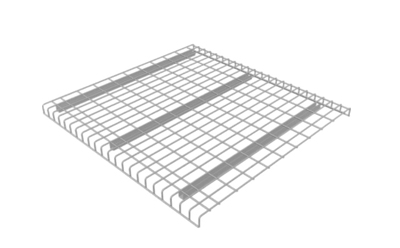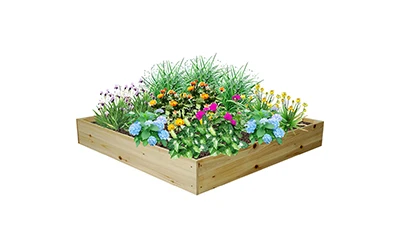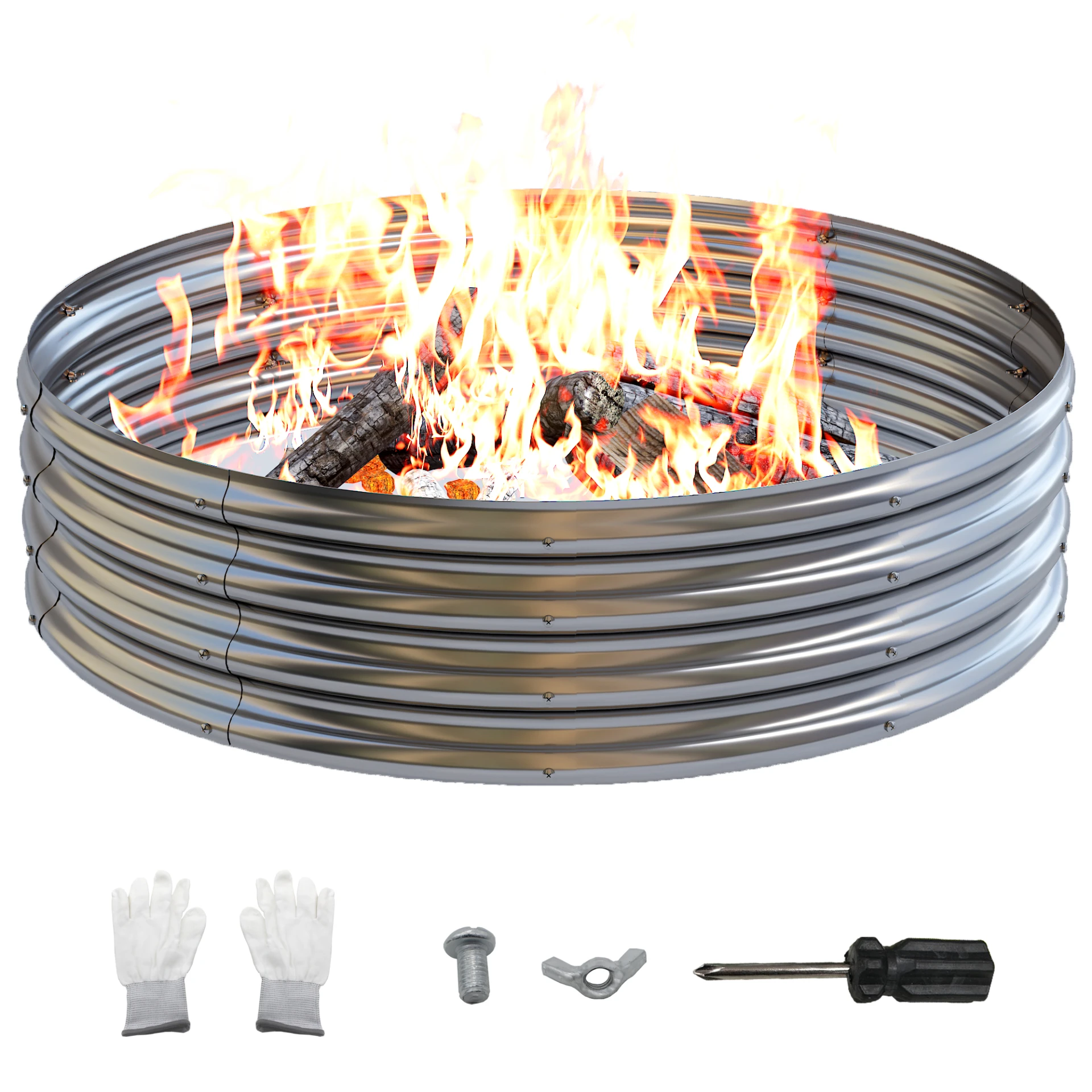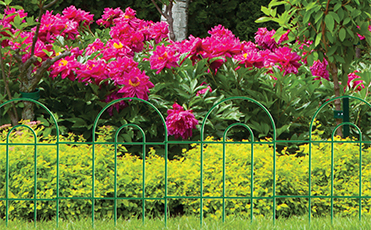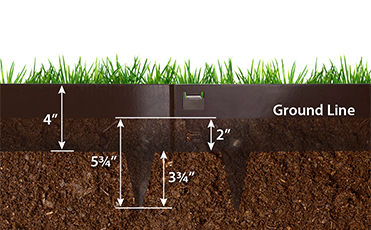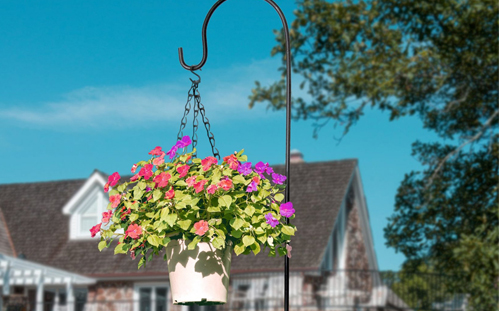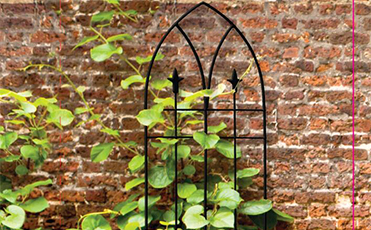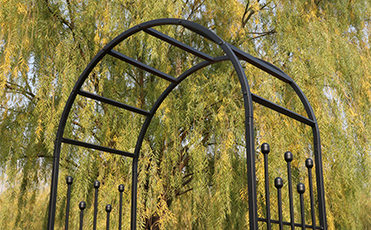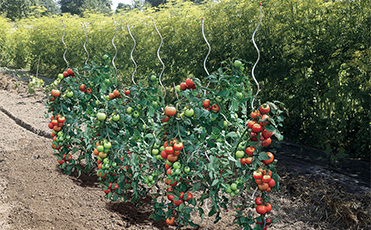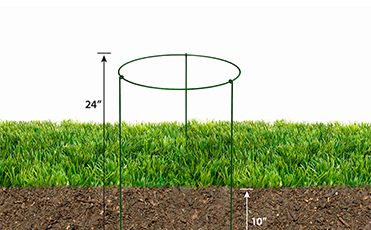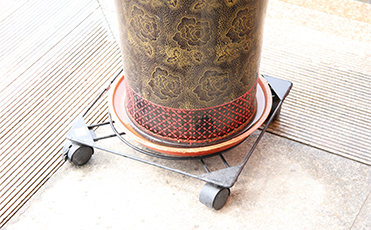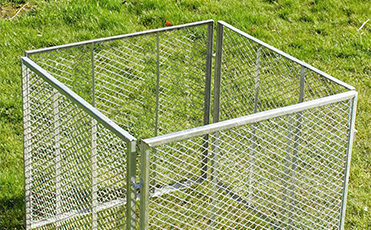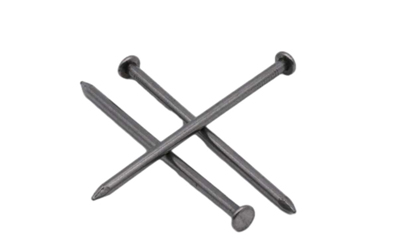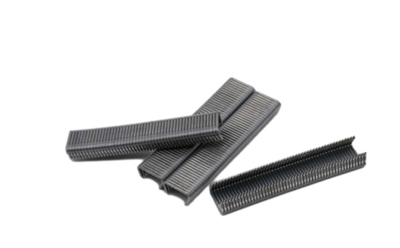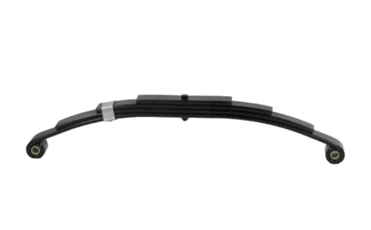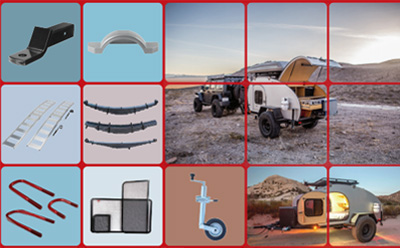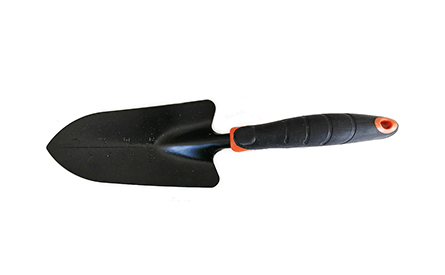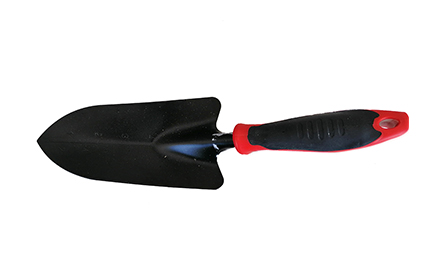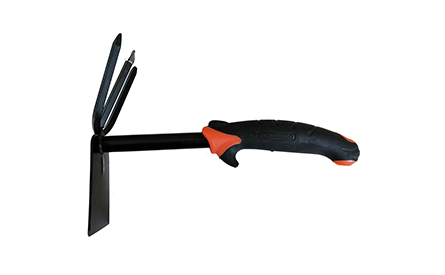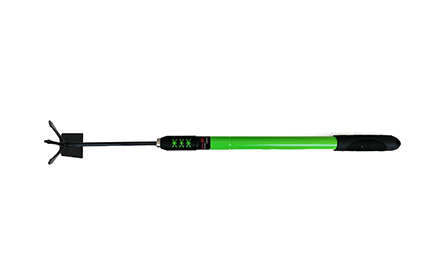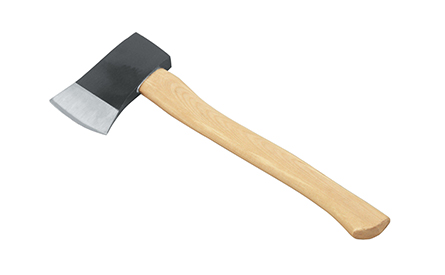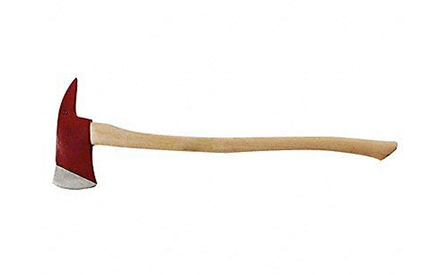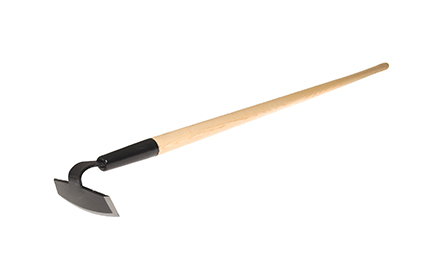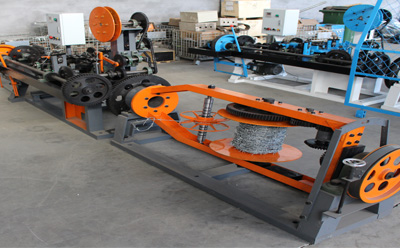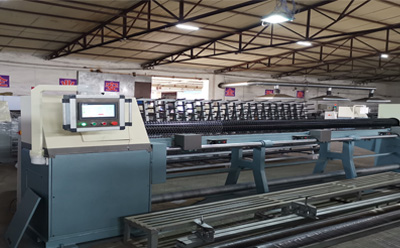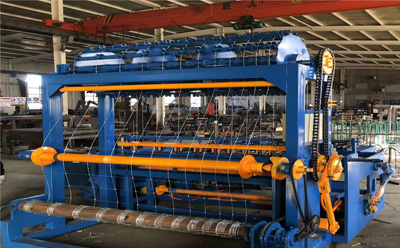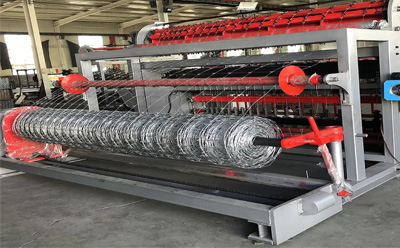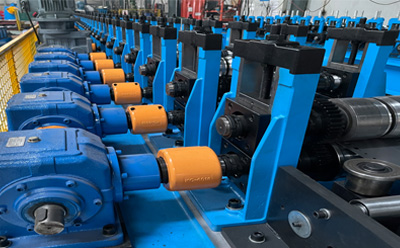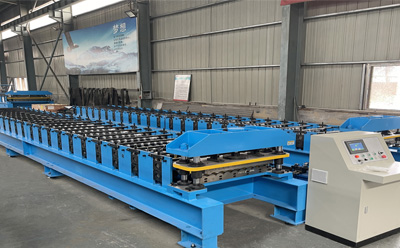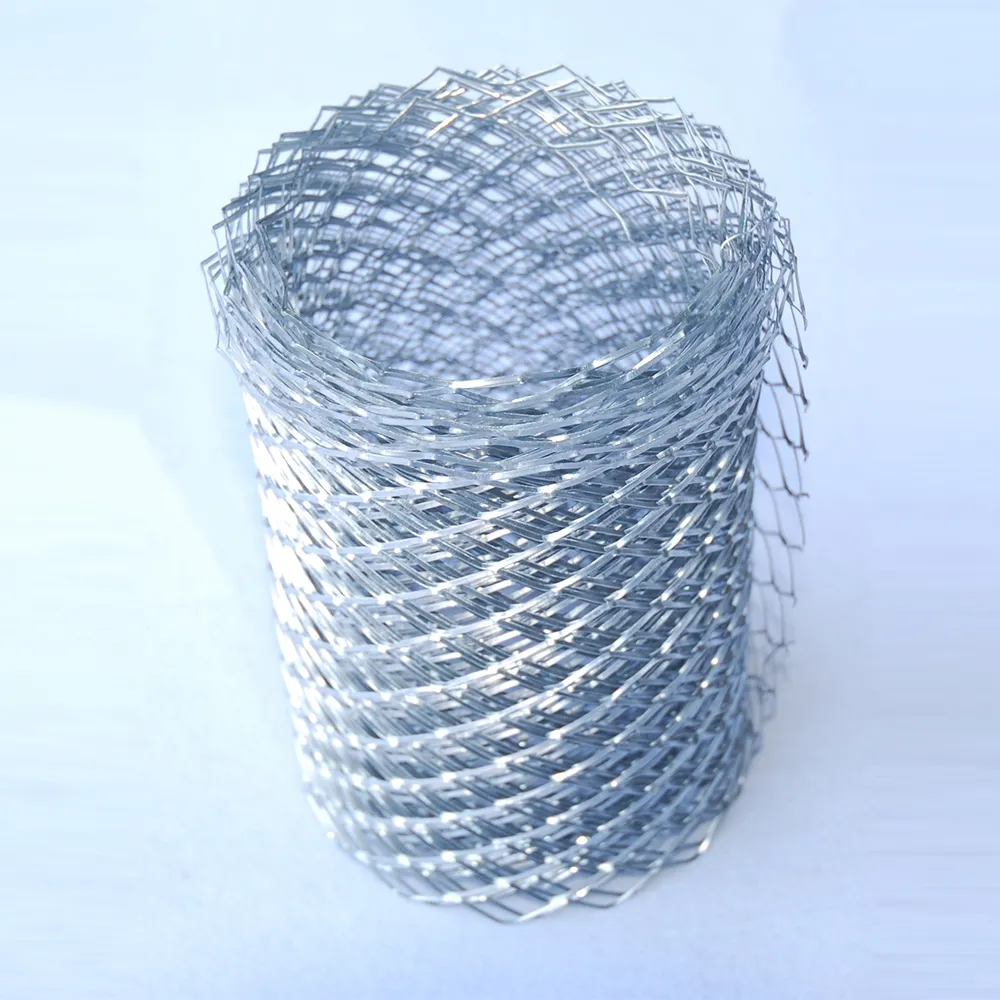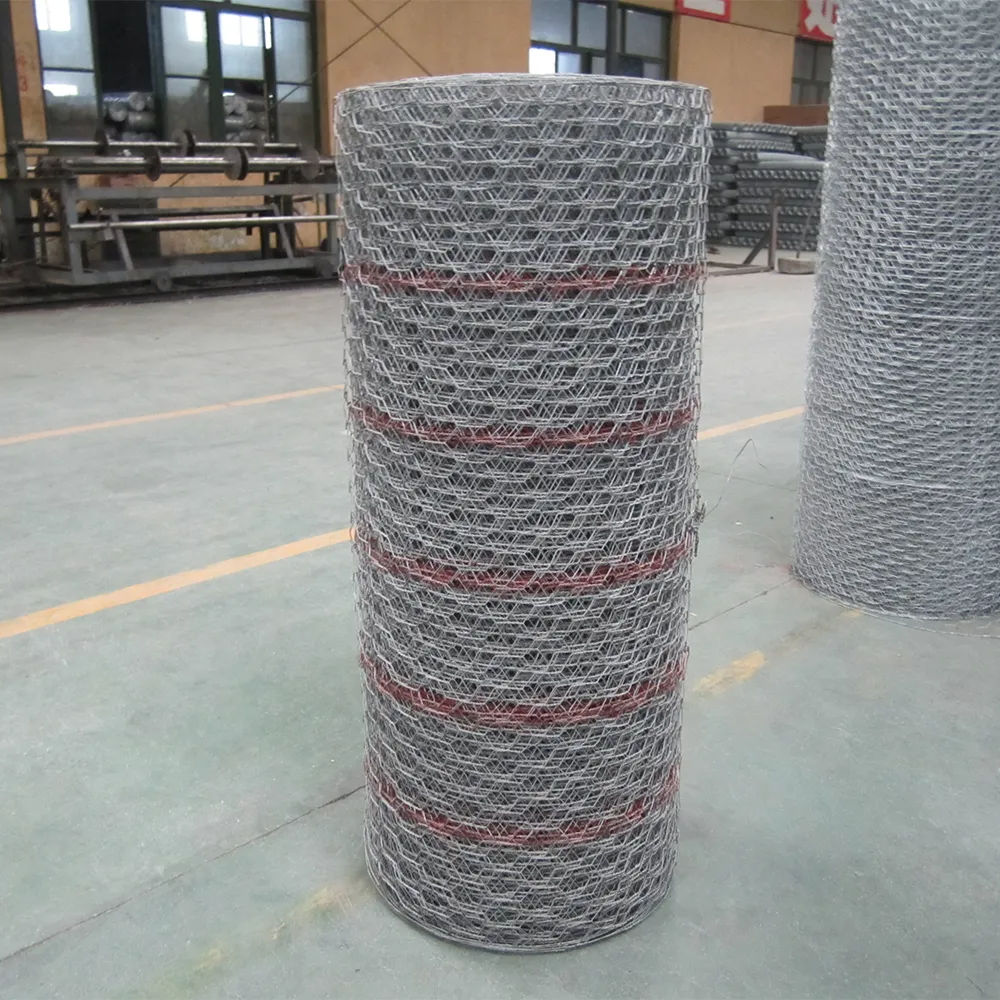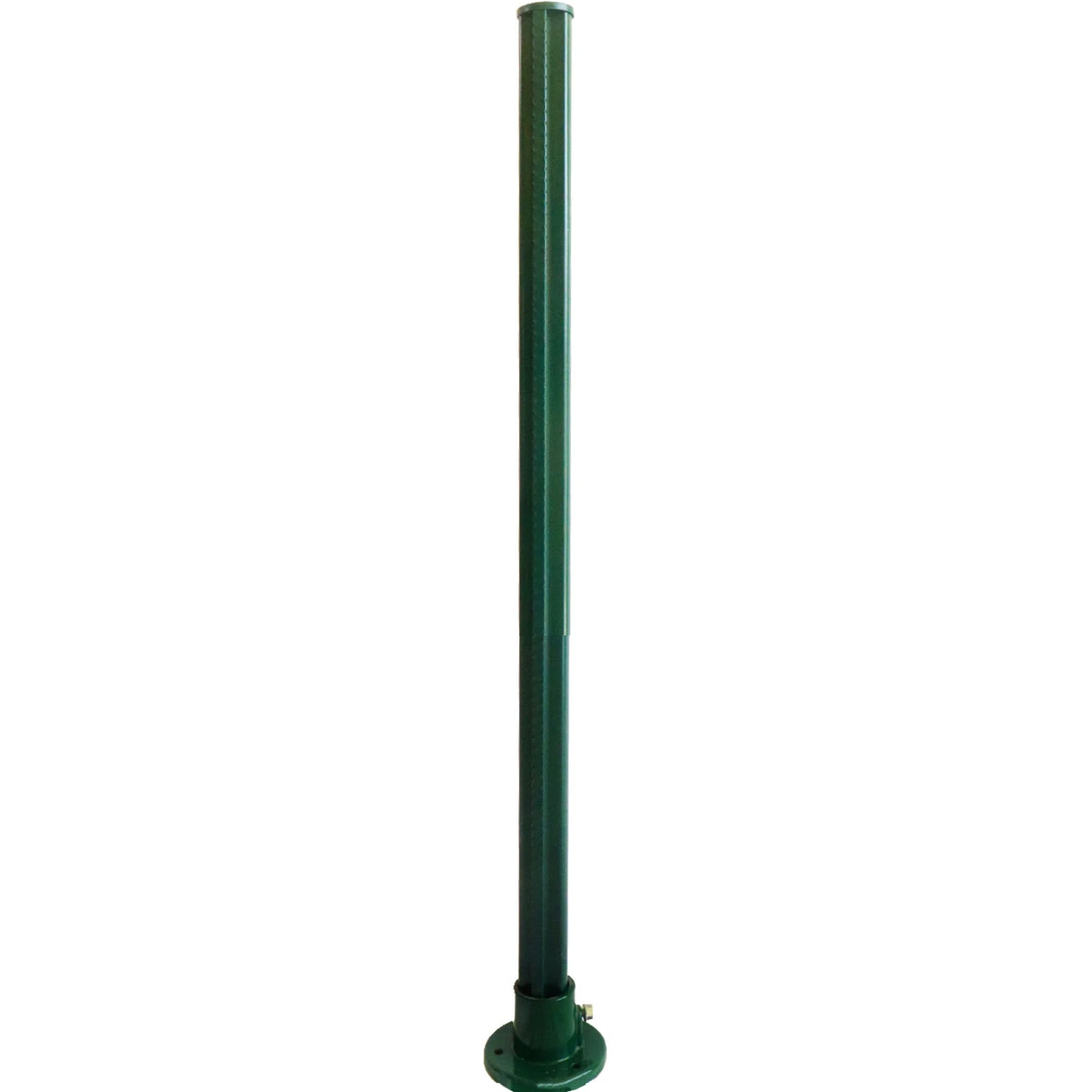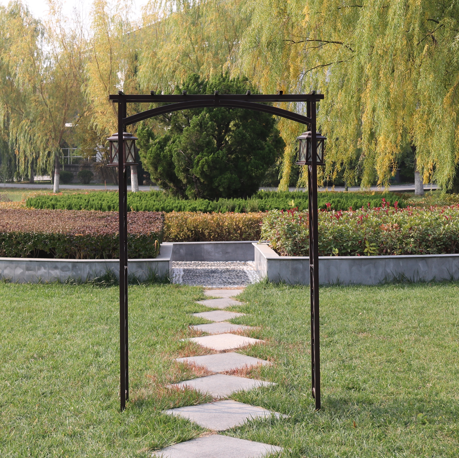Durable Galvanized Felt Nails for Secure Installation and Improved Weather Resistance in Roofing Projects
Aug . 01, 2024 01:31Exploring Galvanized Felt Nails An Essential Component in Construction and Roofing
In the realm of construction and roofing, every detail matters, from the materials used to the fasteners that hold them together. Among these essential components are galvanized felt nails. Although seemingly minor, the choice of nails can significantly impact the durability, weather resistance, and longevity of roofing projects. This article delves into the characteristics, benefits, and applications of galvanized felt nails, highlighting their importance in modern construction.
What are Galvanized Felt Nails?
Galvanized felt nails are specifically designed fasteners used primarily for securing roofing felt, tar paper, and other similar materials. They are typically made of steel, which provides the necessary strength and support to withstand various environmental stresses. The term galvanized refers to the zinc coating applied to the steel, which serves as a protective layer against rust and corrosion. This coating is essential, especially in roofing applications where exposure to moisture is a constant concern.
Advantages of Using Galvanized Felt Nails
1. Corrosion Resistance The primary advantage of galvanized felt nails is their resistance to rust and corrosion. The zinc coating acts as a barrier between the steel and environmental elements, ensuring that the nails maintain their integrity over time. This is particularly important in areas with high humidity or frequent rainfall, where untreated nails would deteriorate rapidly.
2. Durability Galvanized felt nails are designed to withstand the rigors of outdoor conditions. Their robust structure ensures they can penetrate various materials, including shingles, underlayment, and plywood, without bending or breaking. This durability contributes to the overall strength of roofing systems.
galvanized felt nails

3. Ease of Installation These nails are often designed with a broad, flat head that provides a larger surface area for securing the roofing felt. This feature makes them easier to install and reduces the risk of tearing or damaging the felt during the nailing process. Additionally, their sharp points allow for quick penetration, facilitating a more efficient installation.
4. Versatility While primarily used in roofing applications, galvanized felt nails can also be utilized in various other construction projects. They are suitable for securing insulation, house wrap, and other materials that require a reliable fastening solution. Their versatility makes them a valuable tool for any contractor.
Applications in Roofing and Construction
In roofing projects, galvanized felt nails are primarily used to attach roofing felt underlayment to the roof deck. This layer is crucial for preventing water infiltration, ice dams, and other moisture-related issues. By securely fastening the felt, these nails help create a waterproof barrier that protects the underlying structures and extends the lifespan of the roof.
Moreover, galvanized felt nails are often used alongside different roofing materials, including asphalt shingles, metal roofing, and tiles. Their compatibility with various applications enhances the design possibilities and ensures robust structural support.
Conclusion
Galvanized felt nails might be a small component of construction, but their significance cannot be overstated. With their corrosion resistance, durability, and ease of installation, they are indispensable in ensuring the effectiveness of roofing systems. For contractors and builders, understanding the advantages of using galvanized fasteners is crucial in delivering high-quality work that stands the test of time. As the construction industry continues to evolve, galvanized felt nails will undoubtedly remain a staple in roofing and various construction applications, contributing to the overall integrity and durability of structures worldwide.
Copyright © 2025 Hebei Minmetals Co., Ltd. All Rights Reserved. Sitemap | Privacy Policy


